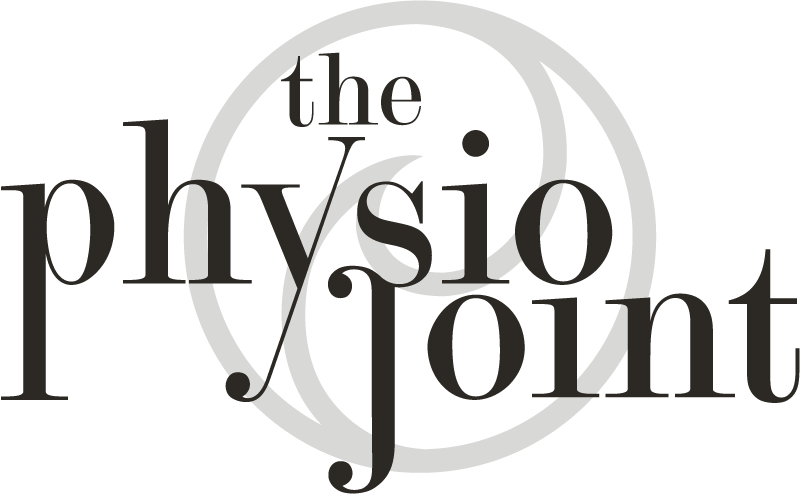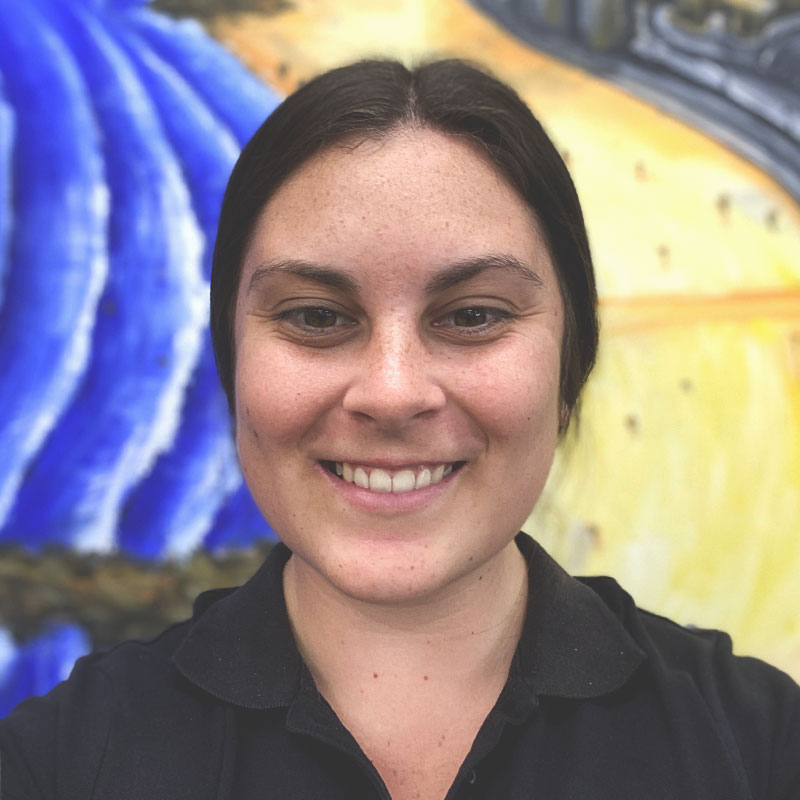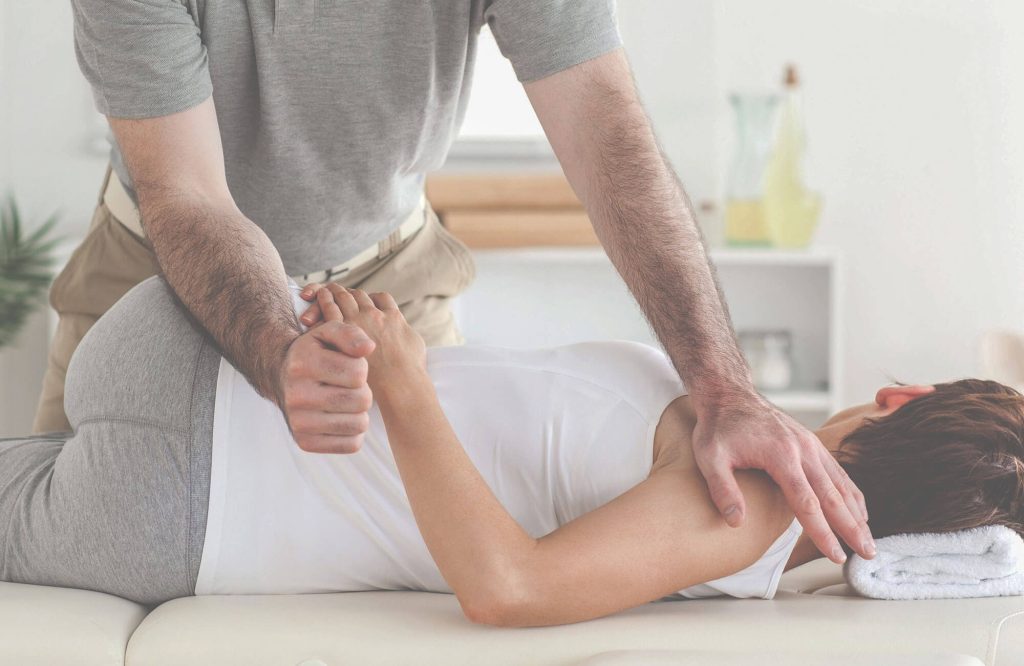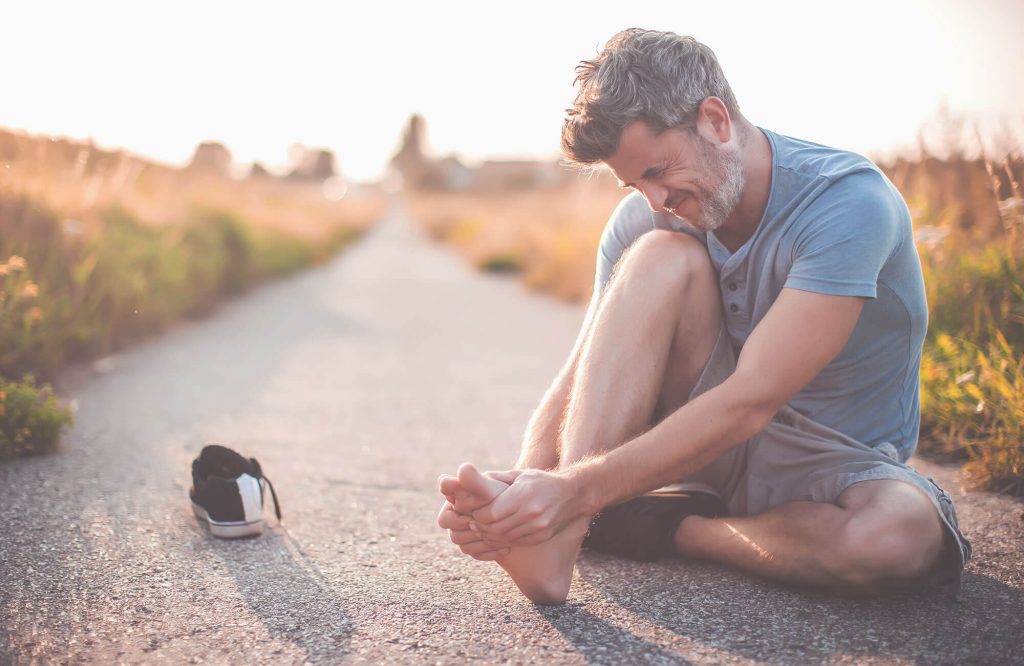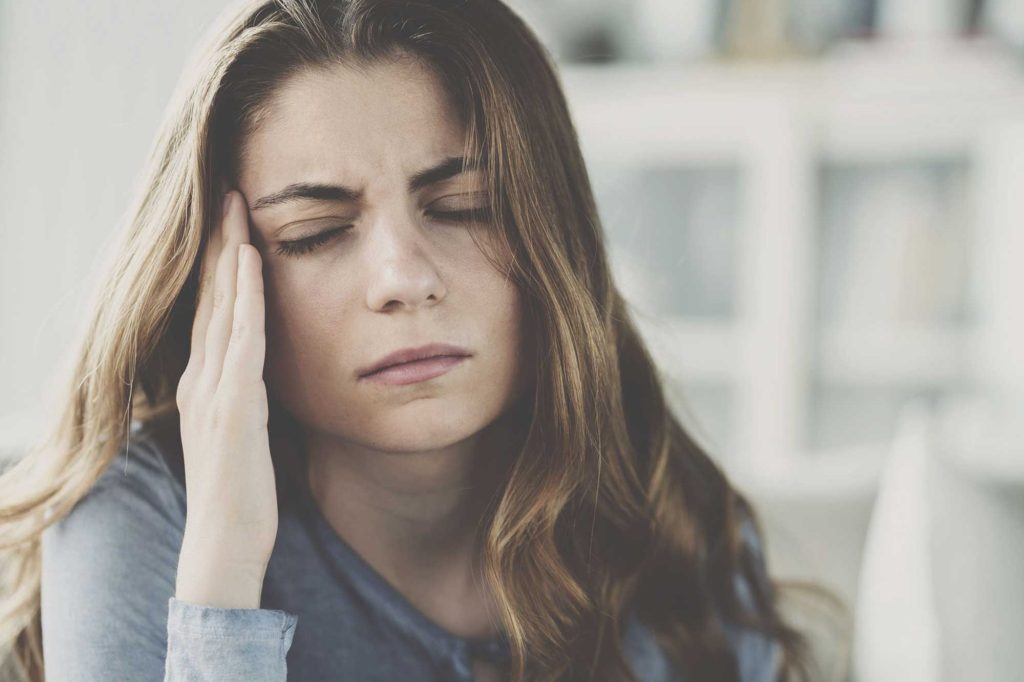Dizziness can be a range of sensations including feeling light-headed, faint, woozy, unsteady or off-balance. Vertigo is a type of dizziness that feels as though you or your surroundings are spinning.
Dizziness is often caused by illnesses that affect the inner ear, such as benign paroxysmal positional vertigo (BPPV), migraine and inflammation of the inner ear balance apparatus (called vestibular neuritis).
Dizziness may also be caused by low blood pressure, some heart problems (such as cardiac arrhythmias), anxiety disorders such as panic attacks or (uncommonly) by hypoglycaemia (low blood sugar).
While some people understandably find it difficult to describe their dizziness, a description of a person’s dizziness and the circumstances in which it occurs may be very helpful in reaching a diagnosis.
Symptoms of dizziness and vertigo
Descriptions of dizziness may include:
- a sensation of movement (including spinning), either of yourself or the external environment
- unsteadiness, including finding it difficult to walk in a straight line
- light-headedness
- feeling faint.
Other symptoms that may accompany dizziness include:
- Headache
- Nausea and vomiting
- Ringing or other sounds in the ears (tinnitus)
- Difficulty hearing
- Staggering gait and loss of coordination (ataxia)
- Unusual eye movements, such as flitting of the eyes (nystagmus)
- Finding it difficult to see clearly when moving, for example, when reading a sign while walking or driving.
The inner ear and balance
Inside the inner ear is a series of canals filled with fluid. These canals are oriented at different angles and, as the head moves, the movement of the fluid inside these canals tells the brain how far, how fast and in what direction the head is moving.
This information is then used by the brain to move the eyes an equal and opposite amount, so that the image that is ‘seen’ by the eyes does not blur and remains clear.
Treatment:
Vestibular physiotherapy can be a very good option for treating symptoms of dizziness and vertigo, especially if these symptoms are triggered or made worse by movement. In many cases, dizziness that is worse with movement is caused by a disorder involving the inner ear (vestibular) system. Research has shown that vestibular physiotherapy is highly effective in treating vestibular disorders, such as benign paroxysmal positional vertigo (BPPV), viral infection of the inner ear (vestibular neuritis) and vestibular migraine (a form of migraine that causes vertigo and dizziness with or without symptoms of headache).
Your physiotherapist with specific skills in vestibular rehabilitation would conduct a comprehensive assessment of your dizziness and vertigo, and, in many cases, would be able to establish the cause for your symptoms. If unable to establish a cause for your symptoms, your physiotherapist would refer you to a medical specialist who would be able to order more extensive testing.
Vestibular physiotherapy involves:
- Habituation exercises: these exercises involve specific movements that are designed to gently stimulate the symptoms of dizziness in order to desensitise the vestibular system to those movements. They are designed to reduce symptoms of dizziness.
- Eye-head coordination exercises: these exercises are designed to improve focus and reduce symptoms of dizziness.
- Balance and gait exercises: these exercises involve challenging the vestibular balance system in order to strengthen it. They are designed to improve balance and confidence when walking.
- Re-positioning techniques: these techniques are used for a specific inner ear (vestibular) condition known as benign paroxysmal positional vertigo (BPPV). This condition results in significant symptoms of vertigo when changing position, such as when lying down or rolling over in bed. Techniques such as the Epley manoeuvre can successfully treat BPPV but should be performed by your physiotherapist with specific skills in vestibular rehabilitation.
If you believe this relates to you, don’t hesitate to book now with one of our physiotherapists.
